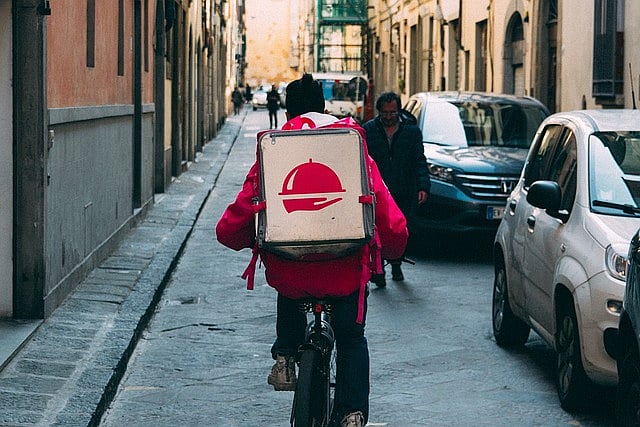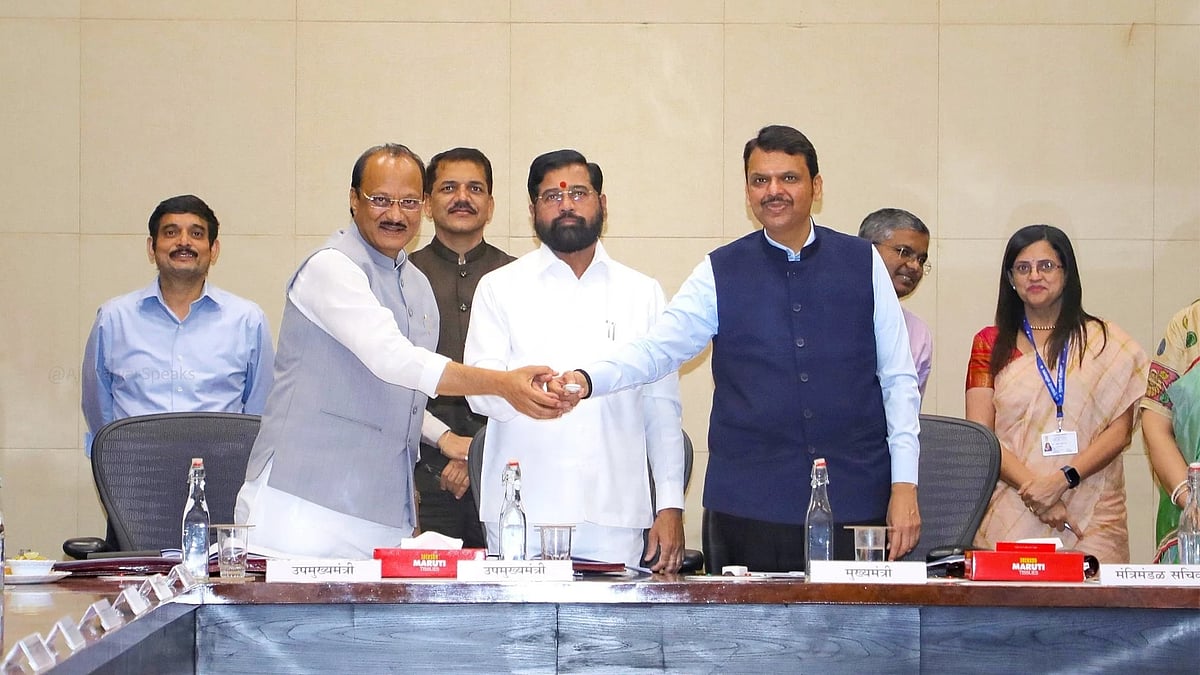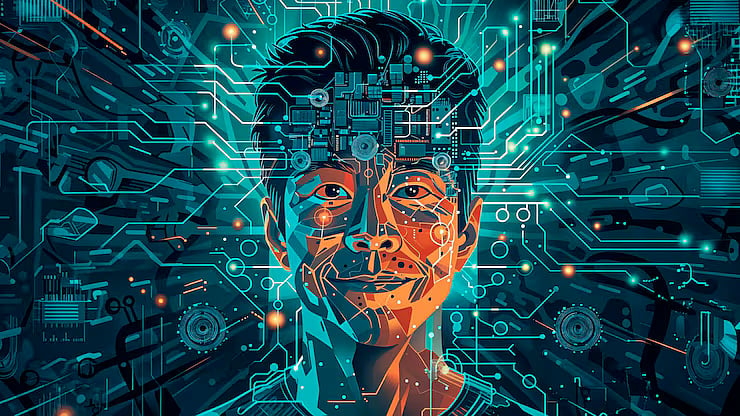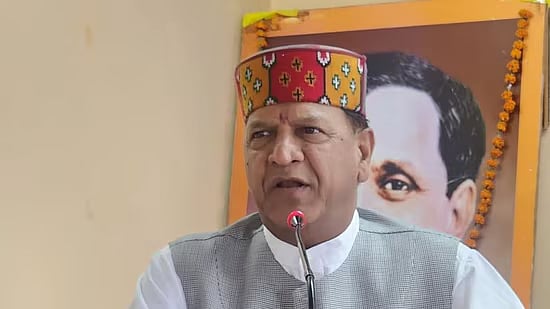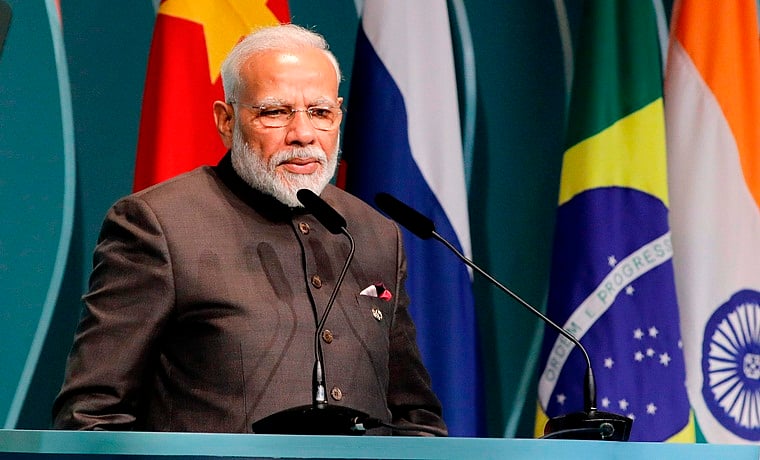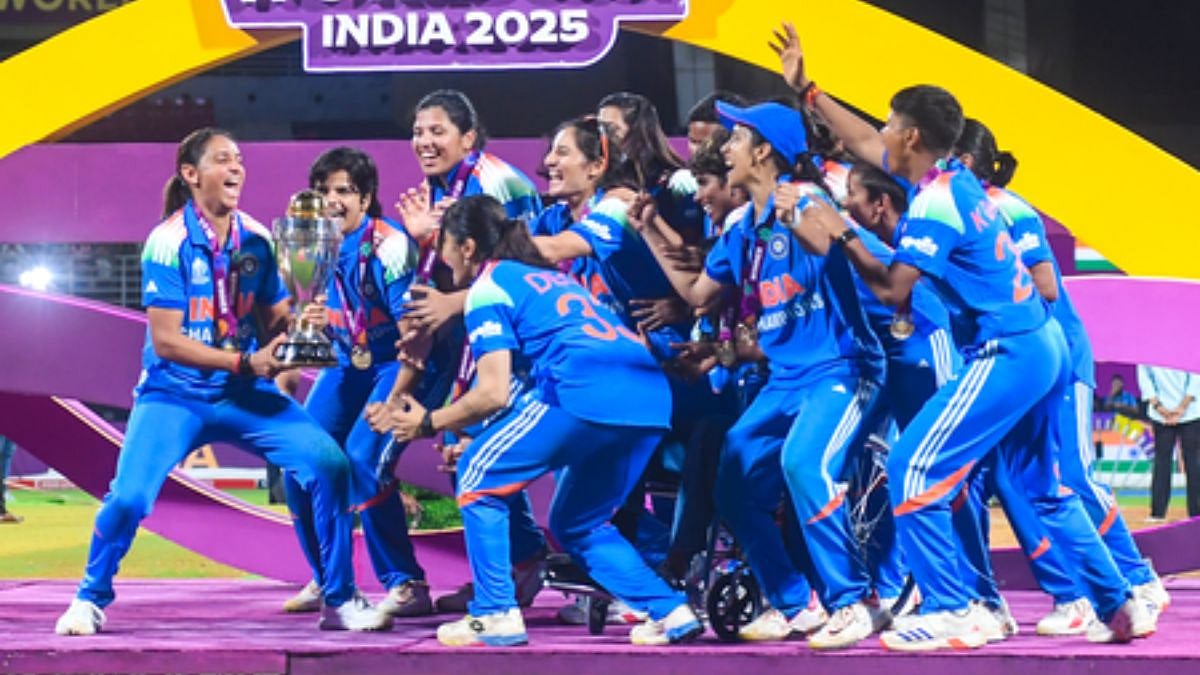If you are familiar with Lucknow and have lived there for any length of time, and food is something that is a good excuse to traverse the length and breadth of a city, you will know of Tundey ke kabab. And if you have lived in Lucknow long enough, you will also know that you don’t “just get up and go” to eat Tundey ke kabab. It takes planning, at least a day prior. Back in the day it would be clubbed with a trip to Aminabad. Yes, we never made it till Chowk. And for the short time we lived in Indira Nagar it took the dedication of the most part of a whole day to taste those exquisite kababs and mughlai parathas.
Last month I found myself in Lucknow after a long gap of two years , thanks to the pandemic and an ailing mother. And the thing that did cross my mind was those delicious kababs. So when it was time to think about lunch, I did what any self-respecting Lakhnavi in the city after a long time would do — pull out my phone, open up my apps and tap on the orange icon!
We could all agree, the pandemic has changed our lives. Millions lost their jobs. There was a time news was hard to look at. We witnessed the exodus of thousands of daily wagers, who otherwise lived anonymous lives, from the cities they dreamed of building futures in. Packing their hopes into suitcases and making a long, hopeless journey to places they never hoped they would have to call home.
Those that stayed back or managed to return had to reinvent themselves — as taxi drivers, as salesmen and women, as delivery executives. On the fringes of the city, desperately holding on to each day waiting for the ‘New Normal' that has eluded us even two years after the word was coined.
For the more moneyed classes in India, especially in the metros, life has changed perceptibly over these two years. It has been changing for a long time, but the pandemic pushed this change into overdrive. Especially with lockdowns, physical distancing and a slowly built-up unwillingness to venture out. Delivery, then, became a life-saver. And the food-delivery segment exploded! It has transformed our lives.
At home in Delhi, food delivery and its newer cousins — drop and pick-up of food, documents, clothes, products — are a way of life almost. Like the last time I needed to send dinner to a community puppy recovering from surgery at a clinic in Malviya Nagar. Or when I recently needed to send my academic certificates for verification. It was delivery app to the rescue! Everything getting done from the comfort of my home, at a cost that would be comparable with the fuel spend of a round trip in your car, without spending the time!
The leading companies have nearly 3,00,000 delivery executives across their operations. One can expect that a day of 10 hours would mean 20, maybe more, deliveries; do the math if you will. The numbers are staggering. At any given time there are thousands of delivery executives riding across Delhi on motorcycles and bicycles with routes that range from a few hundred metres to up to 15km.
You can see them carrying your favourite ice-cream, your gourmet sushi, that breakfast of idli sambar on Sunday morning because it’s just simpler to sit at home in your pyjamas and have food ordered in. Their signature black and red or orange or green speeding on bikes, or bicycles, braving heat and cold, have become an integral part of the sights and sounds of the street — an inseparable part of the cityscape.
You spot a few of their bikes at every local market, or at standalone food outlets. They have given food trucks and hole-in-the-wall kiosks and small-time food business a lease of life unthinkable just a few years earlier. They have changed the gastronomical map of the city.
I don’t know about others, but Delhi is a tough city if it’s the road you make your living on. It has miles and miles of tarmac and flyovers, and temperatures that can kill you from freezing cold in peak winter or with a heat stoke on a summer day. It’s no pretty city with quaint benches on sidewalks under shady trees to stop and take a breather. Add to that the honour of being among the most polluted cities in the world. And with that thought in the back of your head, when you drive out of the parking basements of malls, exiting at the back, and see lines of motorcycles, dozens, parked and riders perched on them waiting for orders being prepared, the scene starts to look amiss. You will find this familiar site at every mall, and large market: rows of bikes, a melee of bikers, and a few stalls selling tea, matar kulcha, parathas at which the riders hurriedly grab a meal between receiving assignment notifications and pick-up calls. Out at the mercy of the elements — no shade, no spots to rest, no water fountains, no toilets, not even designated safe parking.
The food delivery market alone in India was valued at over U.S. $3 billion in 2020 and has a traction of over 35%. And it can only grow bigger! There is a huge number of players profiting from this: restaurants, marketplaces, malls and independent food entrepreneurs.
Years ago I had a student who asked exactly the same question in one of our class discussions for design:
Where exactly does the delivery person get their drinking water? And their much-deserved place in the shade? Is this a business question? Or a humanitarian one?
The food delivery business is here to stay, so the question is: is our privilege riding on the sweat and blood of people who don’t share our good fortune and education?
Do you think of them when you order your momos and pizza? And does that bother you enough to push for infrastructure, inclusivity and change?
Or are we going to continue to sit like armchair activists, calling for change from our drawing rooms for greater causes of our time while complaining “Yeh order kab tak aayega!”
Henri Fanthome, an architect who trained at the SPA, lives and works out of Mehrauli, Delhi and writes about design and urban spaces
